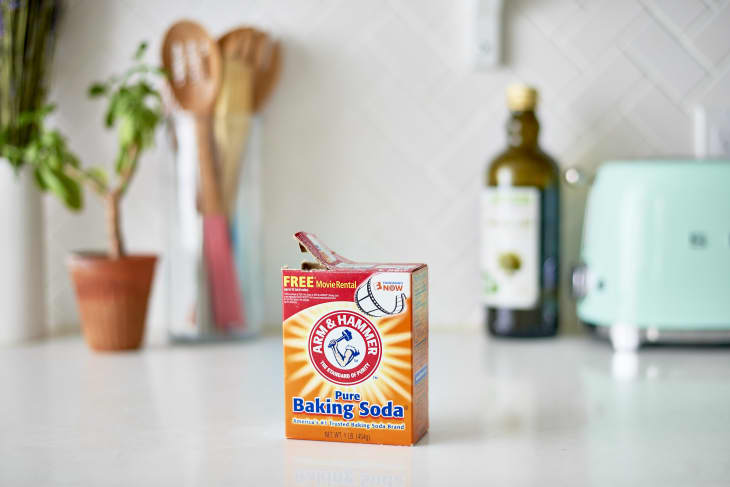Baking Soda vs. Baking Powder: What’s the Difference?
When it comes to baking breads, cakes, cookies, and cupcakes, baking soda and baking powder are necessities. These particular ingredients help to make foods light, fluffy, and sturdy. Without some sort of leavening agent, your baked goods will likely fall flat — quite literally.
What’s the Difference Between Baking Powder and Baking Soda?
Baking soda needs acid (like buttermilk or cocoa powder) in order to react and help food rise. Baking powder already contains acid.
That said, have you ever wondered what the actual difference is between baking soda and baking powder? Or when to use each? There’s a reason some recipes call for both and some call for one or the other.
The Difference Between Baking Soda and Baking Powder
Both baking soda and baking powder help batter and dough rise and expand when they interact with other ingredients because they produce carbon dioxide during baking. They’re both odorless white powders, but while they look similar, each has a specific job to perform.
The main difference between baking soda and baking powder is their acid component. Baking soda is pure sodium bicarbonate, whereas baking powder is made of sodium bicarbonate, acid (cream of tartar), and cornstarch.
- Baking soda is used in recipes that have an acidic component, such as lemon juice or buttermilk.
- Baking powder already contains acid in the form of cream of tartar and doesn’t require the use of an acidic ingredient.
What Is Baking Soda?
Baking soda is pure sodium bicarbonate, an alkaline salt compound that creates carbon dioxide (“bubbles”) when mixed with an acid. Yogurt, lemon juice, buttermilk, cocoa powder, brown sugar, and molasses are a few examples of acidic ingredients that activate when mixed together with baking soda. The reaction between baking soda and acidic ingredients creates bubbles, which help batter rise in the oven, giving a lift and texture in your cakes, cookies, muffins, and other baked goods.
What Is Baking Powder?
Baking powder is a mixture of baking soda, a powdered acid like cream of tartar, and cornstarch. Because there’s already an acidic component in it, you don’t have to worry about adding an acidic ingredient to your recipe in order for it to rise. It just needs liquid to react, and moisture and heat to make carbon dioxide.
When to Use Baking Soda
Recipes that include an acidic ingredient usually call for baking soda. An example is this banana muffin recipe, which uses brown sugar (which is acidic). Adding baking soda to it will give a more soft and fluffy texture.
Sodium carbonate only neutralizes when baking soda is mixed in with acid (say, yogurt or lemon juice). If you don’t balance the baking soda with an acid, it will leave an unpleasant metallic aftertaste. Note: Too much or unblended baking soda in the batter can also make your baked goods taste unpleasant.
When to Use Baking Powder
Recipes with no acidic ingredient usually call for baking powder. An example is sugar cookies where there’s no acidic ingredient.
In stores, containers of baking powder are usually labeled as fast-acting, slow-acting, and double-acting. Most baking powders are double-acting, meaning there will be two incidents where carbon dioxide is formed to help the dough rise and expand — first when it mixes with liquid, and next when it is heated in the hot oven.
When to Use Baking Soda and Baking Powder Together
You might use a combination of baking soda and baking powder in recipes to provide a necessary lift. In these recipes, the baking soda helps to mellow the acidic flavors, while the baking powder does the leavening. Another is when you want to add a little tang to a recipe, such as buttermilk pancakes, as you don’t want the baking soda to neutralize the tangy flavor.
